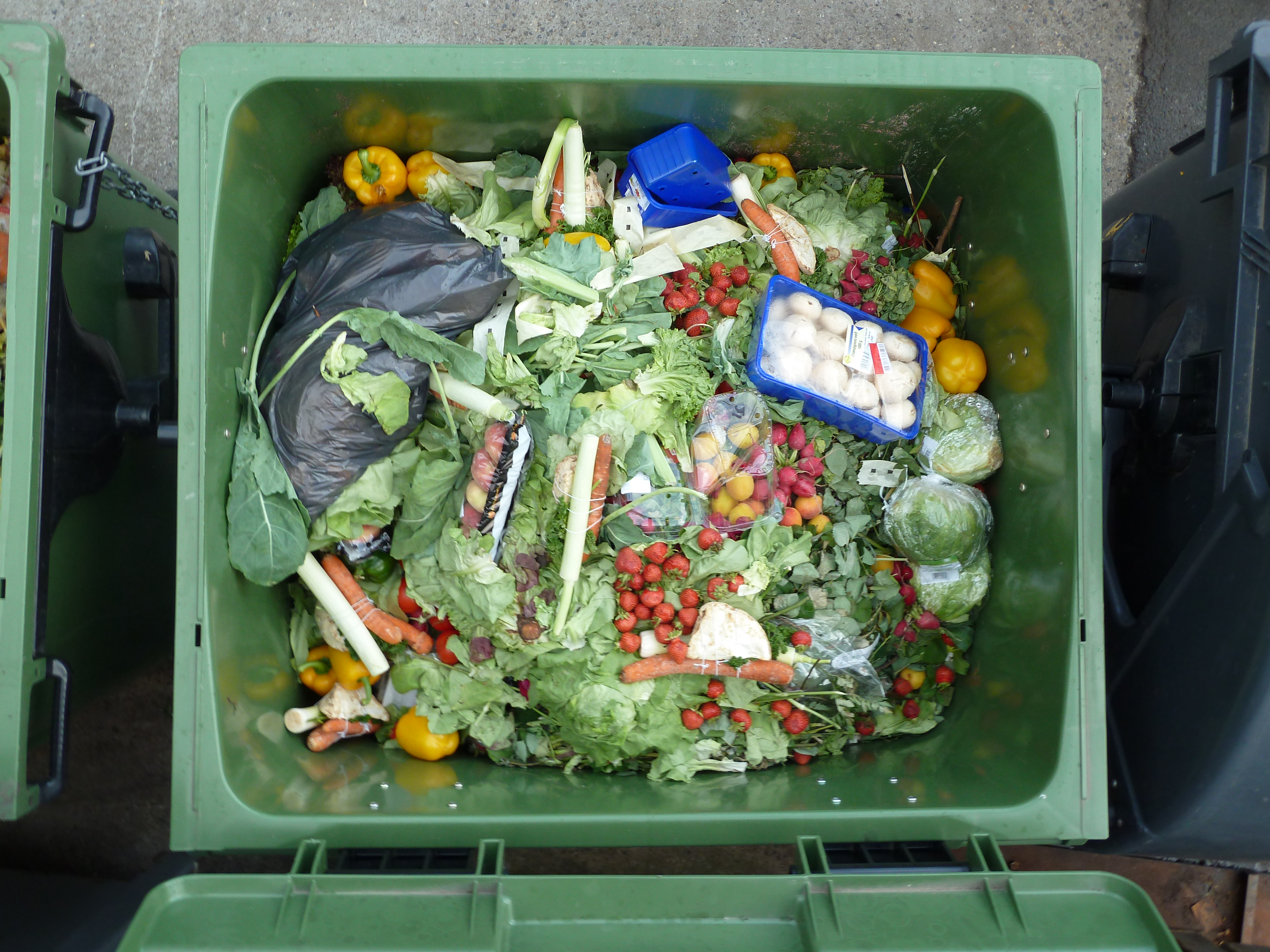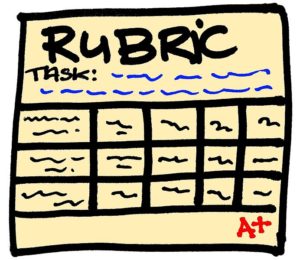
One of the first units that I shared on this blog was a series of lessons on food waste. When I found myself with a couple of available weeks with my French 3 students right before Thanksgiving this year, this topic seemed like a great fit. Not only would we all be enjoying copious dinners, but the subject of food waste seems has begun to be addressed on American media. Click here (update 6/30/18) for the unit agenda, to which all materials have been linked. Here’s a short explanation of each lesson.
#1: As an introduction to the topic, we watched and discussed a video about food waste as a class. The students were then given one of two infographics about food waste and a graphic organizer. The students read their infographic and filled in as much information as possible in the graphic organizer. They then discussed their information with their partner (who had read the opposite graphic organizer) and wrote the additional information they gleaned from the conversation in the graphic organizer.
#2: As a hook to the second lesson we discussed a document with suggestions for avoiding food waste. The students then interviewed a partner about his/her own habits. Following this interview, the students wrote a message to their partners with suggestions for reducing the amount of food that they waste. Finally they completed an Edpuzzle for a video about food waste.
#3: I began this lesson by showing an anti-food waste announcement that we discussed as a class. The students then completed an Edpuzzle for a video in which a character gives recipes using leftovers. After completing the Edpuzzle, the students rewatched the video and wrote out the directions for each recipe.
#4: During this 90-minute class period, the students completed 3 different stations related to recipe preparation. At the listening station, they completed four different Edpuzzles for videos about food waste. At the reading station, they completed an activity in which they matched pictures from a recipe to the written description of the step shown in the picture. (Due to the nature of this activity, I am not able to share the materials here.) At the third station, the students chose one of the three videos from the previous day’s lesson, and practiced presenting it orally, using only the pictures they were given. After about 20 minutes of practice, they recorded themselves giving the recipe.
#5: This lesson began with a pre-reading discussion of doggy bags, which was following by an interpretive activity based on an infographic about this topic.
#6: In order to prepare for the interpersonal task on the IPA, the students participated in a Speed-friending activity by interviewing several classmates about their food waste habits and giving suggestions based on their partner’s responses.
#7: On our next block day the students completed the IPA for this mini-unit.
I was pleasantly surprised at the engagement level of many of my formerly reluctant learners during this mini-unit on a topic with important environmental implications.







